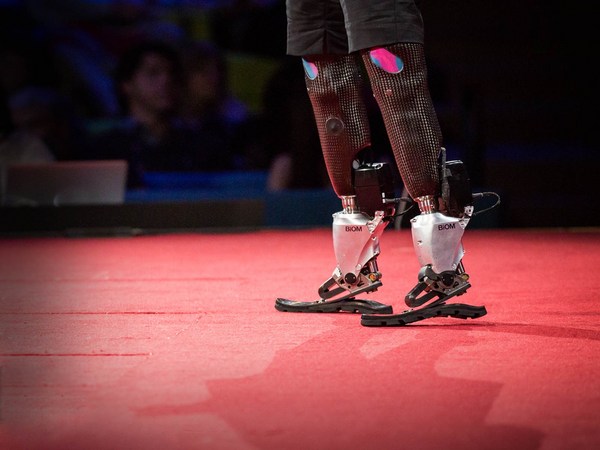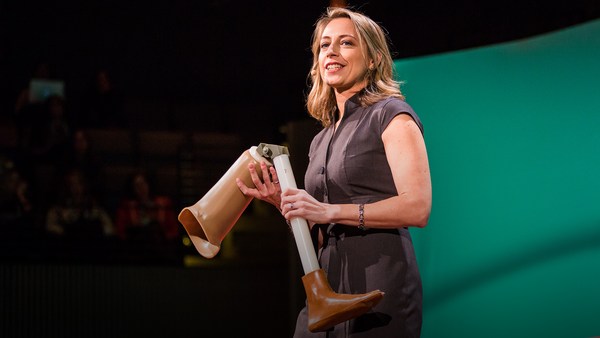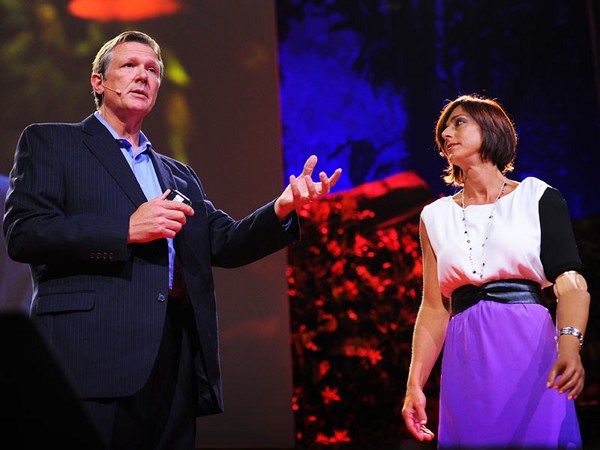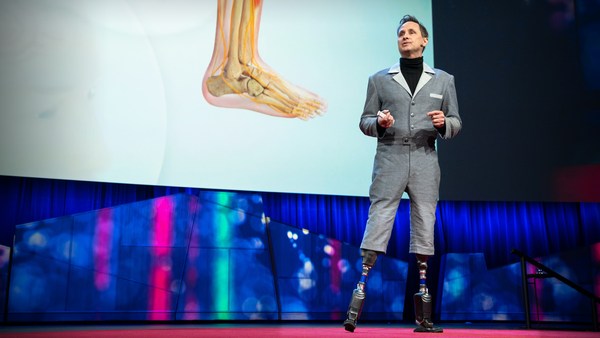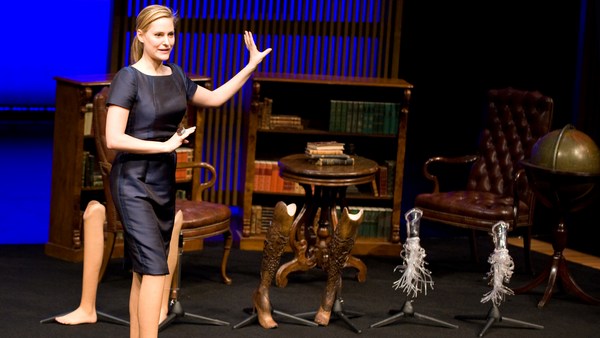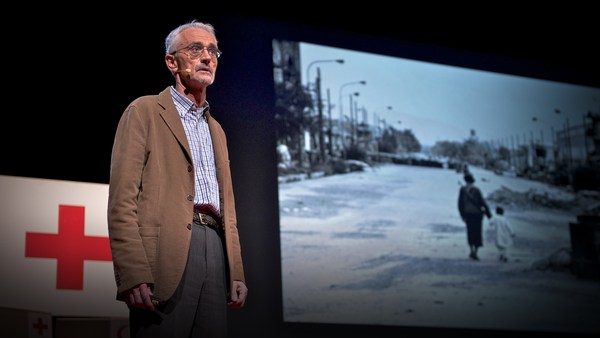I was born and raised in Sierra Leone, a small and very beautiful country in West Africa, a country rich both in physical resources and creative talent.
However, Sierra Leone is infamous for a decade-long rebel war in the '90s when entire villages were burnt down. An estimated 8,000 men, women and children had their arms and legs amputated during this time. As my family and I ran for safety when I was about 12 from one of those attacks, I resolved that I would do everything I could to ensure that my own children would not go through the same experiences we had. They would, in fact, be part of a Sierra Leone where war and amputation were no longer a strategy for gaining power.
As I watched people who I knew, loved ones, recover from this devastation, one thing that deeply troubled me was that many of the amputees in the country would not use their prostheses. The reason, I would come to find out, was that their prosthetic sockets were painful because they did not fit well. The prosthetic socket is the part in which the amputee inserts their residual limb, and which connects to the prosthetic ankle. Even in the developed world, it takes a period of three weeks to often years for a patient to get a comfortable socket, if ever. Prosthetists still use conventional processes like molding and casting to create single-material prosthetic sockets. Such sockets often leave intolerable amounts of pressure on the limbs of the patient, leaving them with pressure sores and blisters. It does not matter how powerful your prosthetic ankle is. If your prosthetic socket is uncomfortable, you will not use your leg, and that is just simply unacceptable in our age.
So one day, when I met professor Hugh Herr about two and a half years ago, and he asked me if I knew how to solve this problem, I said, "No, not yet, but I would love to figure it out." And so, for my Ph.D. at the MIT Media Lab, I designed custom prosthetic sockets quickly and cheaply that are more comfortable than conventional prostheses. I used magnetic resonance imaging to capture the actual shape of the patient's anatomy, then use finite element modeling to better predict the internal stresses and strains on the normal forces, and then create a prosthetic socket for manufacture. We use a 3D printer to create a multi-material prosthetic socket which relieves pressure where needed on the anatomy of the patient. In short, we're using data to make novel sockets quickly and cheaply. In a recent trial we just wrapped up at the Media Lab, one of our patients, a U.S. veteran who has been an amputee for about 20 years and worn dozens of legs, said of one of our printed parts, "It's so soft, it's like walking on pillows, and it's effing sexy." (Laughter)
Disability in our age should not prevent anyone from living meaningful lives. My hope and desire is that the tools and processes we develop in our research group can be used to bring highly functional prostheses to those who need them. For me, a place to begin healing the souls of those affected by war and disease is by creating comfortable and affordable interfaces for their bodies. Whether it's in Sierra Leone or in Boston, I hope this not only restores but indeed transforms their sense of human potential.
Thank you very much.
(Applause)
